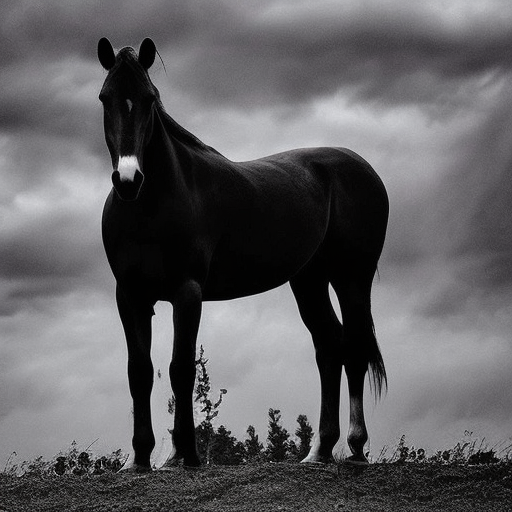The Turin Horse by Béla Tarr
One-line summary: The Turin Horse is a bleak and philosophical masterpiece that explores the mundane existence of a father and daughter living in a desolate landscape.
Main Cast and Crew:
- Director: Béla Tarr
- Writers: Béla Tarr, László Krasznahorkai
- Key Actors: János Derzsi (Ohlsdorfer), Erika Bók (Ohlsdorfer’s daughter)
- Music Director: Mihály Víg
- Director of Photography: Fred Kelemen
- Producers: Gábor Téni, Marie-Pierre Macia, Juliette Lepoutre
Plot:
The Turin Horse tells the story of a father (Ohlsdorfer) and his daughter living in a desolate landscape. Their lives revolve around their horse, which they use to transport goods. However, one day, the horse refuses to move, signaling the beginning of a series of unfortunate events. As their horse becomes increasingly stubborn, the father and daughter’s lives become more and more difficult.
The film is divided into six days, each depicting the repetitive and monotonous routine of the characters. They struggle to find food, water, and warmth in their dilapidated house. The father’s health deteriorates, and the daughter takes on the responsibility of caring for him. Their interactions are minimal, and their conversations are sparse, highlighting the isolation and despair they face.
As the film progresses, the bleakness intensifies, and the characters’ lives become increasingly unbearable. The relentless wind and the constant struggle for survival create a sense of hopelessness. The film’s slow pace and long takes immerse the audience in the characters’ desolation, emphasizing the futility of their existence.
Themes and Motifs:
The Turin Horse delves into themes of existentialism, nihilism, and the human condition. The repetitive nature of the characters’ lives reflects the monotony and meaninglessness of existence. The horse, once a symbol of strength and vitality, becomes a metaphor for the loss of hope and the decline of civilization. The film also explores the themes of isolation, poverty, and the destructive power of nature.
Visually, the film is characterized by its stark black-and-white cinematography, which enhances the desolate atmosphere. The long takes and minimal dialogue allow the audience to contemplate the characters’ plight and the larger philosophical questions the film raises.
Reception and Legacy:
Upon its release, The Turin Horse received critical acclaim for its unique storytelling and powerful imagery. It won the Silver Bear at the Berlin International Film Festival and was nominated for the Palme d’Or at the Cannes Film Festival. Béla Tarr’s direction and Fred Kelemen’s cinematography were particularly praised for their ability to capture the bleakness and despair of the characters’ lives.
The Turin Horse has left a lasting impact on cinema, influencing filmmakers with its minimalist approach and philosophical themes. It is regarded as one of Béla Tarr’s masterpieces and a testament to his distinctive style. The film’s exploration of existential themes and its visual storytelling continue to resonate with audiences and critics alike.
Recommendation:
The Turin Horse is not a film for everyone. Its slow pace and bleak atmosphere may be challenging for some viewers. However, for those who appreciate thought-provoking cinema and are willing to delve into the depths of human existence, this film is a must-watch. It offers a profound meditation on life’s hardships and the struggle to find meaning in a world devoid of hope.
Memorable Quote:
“Oh, my friend, the world is not for us anymore. The world has become a cursed place.” – Ohlsdorfer












